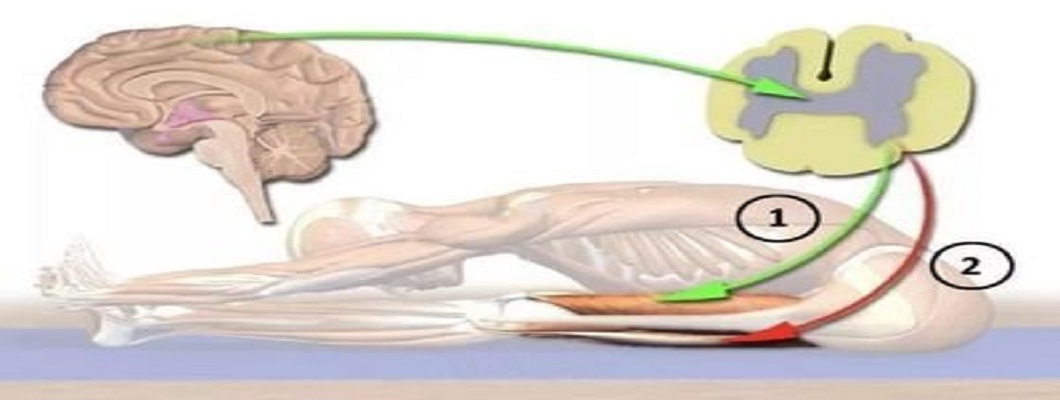
ALS consists of a fatal motor neuron disease in which the motor neurons undergo a degenerative transformation. the onset of ALS usually occurs in the middle to late middle age and the disease consists of severe idiopathic myasthenia gravis and weakness with respiratory myopathy. The current treatment of ALS consists of disease management methods, inhalation applications and medication, but the actual results are limited. Previous studies have shown that the key to the pathogenesis of ALS is cell biology (high heritability). In addition, the complexity of ALS, with its wide range of symptoms and major manifestations (gas table), makes it increasingly difficult to translate scientific research using cellular models of ALS into clinical studies in people.

Biologists have clearly proposed a number of disease regimes for ALS, including metabolic disorders, abnormal protein function, abnormal mitochondrial function, and abnormal nerve cell action. Biologists have also tried to show the chances and levels of each of these mechanisms that contribute to the progression of the disease (the pathogenesis). Scientific research on this system is still renewed, and some scholars feel that abnormalities in membrane proteins, nerve cells and the role of nicotinamide adenine dipeptide chains (NAD) in proteins play a leading role in ALS.
Scientific findings show that somatic cell damage in a solid mouse model has NAD microbial production damage at the neurological system-wide muscle interface. To better detect the risk of somatic cell damage involving the microbial production of NAD, the elite team of biologists deleted the numbered Nampt gene for the enzyme, which acts as a rate-limiting enzyme in the rescue of nicotinamide to NMN to drive microbial production of NAD in mammals. Thus, the absence of the numbered Nampt gene would cause some disruption of NAD microbial production. Experts precisely measured the somatic cellular transport of fine vesicles with signaling molecules (transmitters) at the whole-body muscle interface of the nervous system. The elite team precisely measured the release of vesicles at the neurological systemic muscle interface (cytosolic efficacy) and the production and intrinsic efficacy of vesicles at the neurological systemic muscle interface (cytosolic efficacy). It was found that the cytosolic and endocytic efficacy of thermal bubbles at the systemic muscle interface of the nervous system was impaired in mice without Namptase compared to mice with Namptase. The mice without Nampt protein repaired the cytosolic and endocytic efficacy by resolving them with NMN as observed by light microscopy.
Biologists also found that Namptase deficiency was followed by shorter muscle relaxation times after low electrical stimulability (low frequency). Using NMN in mice deficient in Namptase, the mice caused a distinctive gas table in which the whole body muscles had reduced closing forces and a slower rate of force loss. Thus, the biologists observed that the use of NMN created an intermediate state between Nampt enzyme deficiency and multifunctional Nampt. The elite team obtained this result by comparing mice lacking Nampt enzyme with mice having Nampt enzyme, based on the examination of the tensor reflex.
Biologists have observed that treatment with NMN improves the structure of the neurological systemic muscle junction and improves the vesicular circulation system at the neurological systemic muscle interface based on the lack of Namptase. The scientific research team also observed that NMN treatment could improve global muscle displacement, but not global muscle membrane protein aberrations. Based on this, NMN administration can partially repair the systemic muscle action. As highlighted by the creators, the disease in mice containing Nampt deficiency resembles the ALS solid model. Thus, this scientific study presents a new view on the likely pathology of NAMPT-mediated NAD salvage in ALS. This scientific study confirms the repair characteristics of NMN, which also suggests that NMN can present an effective therapeutic agent for muscular pathologies such as ALS.



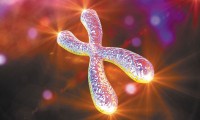
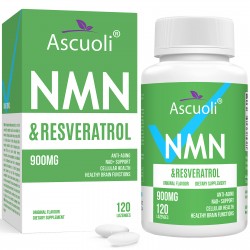
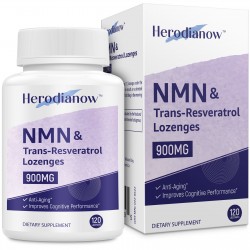
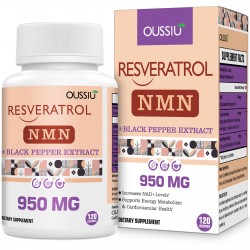
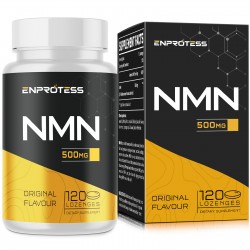
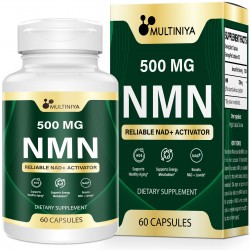
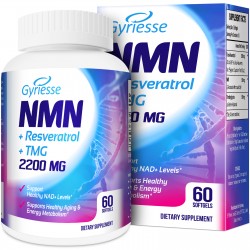
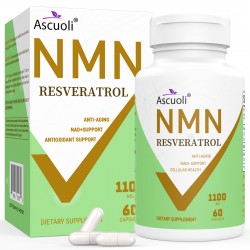

Leave a Comment